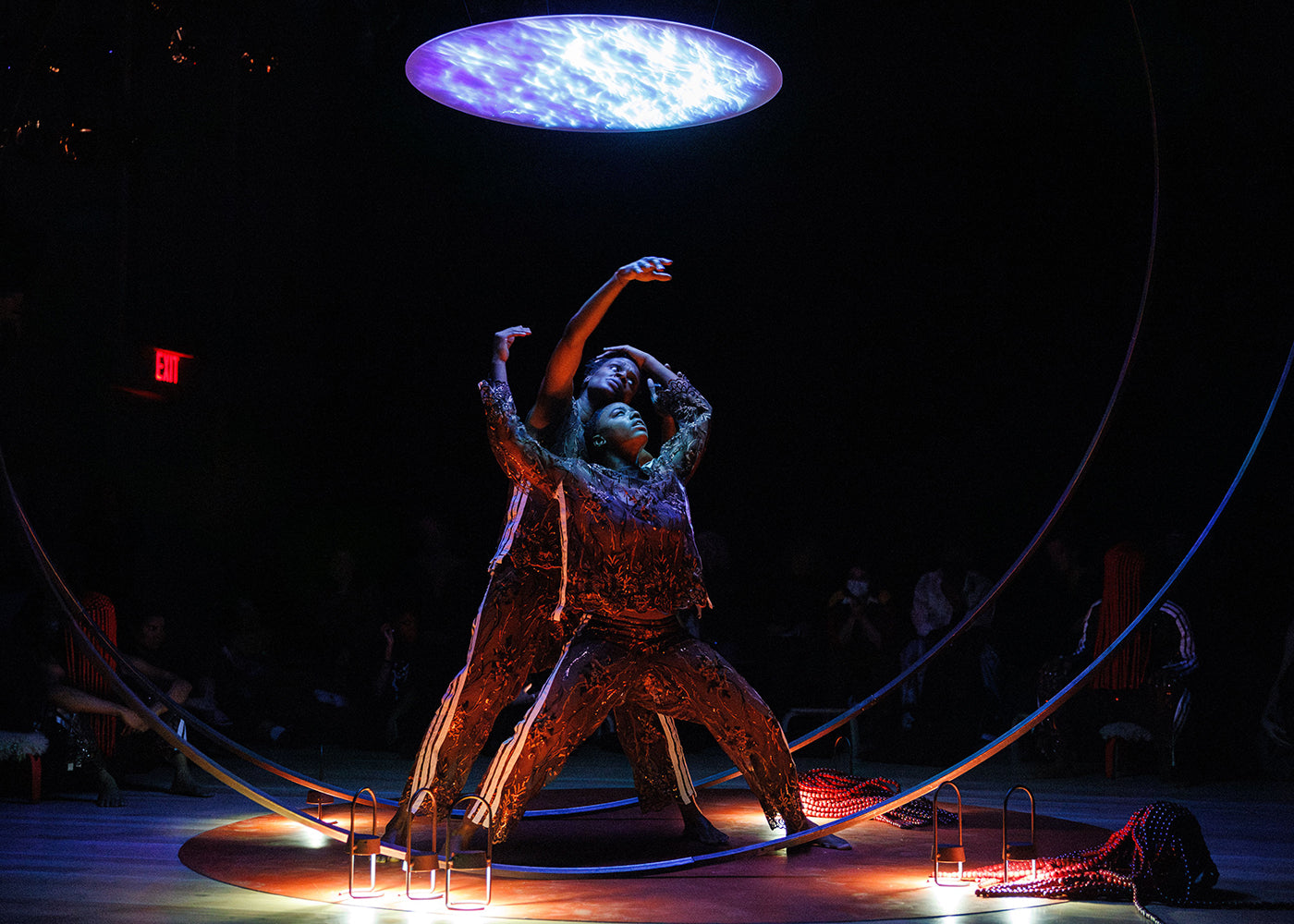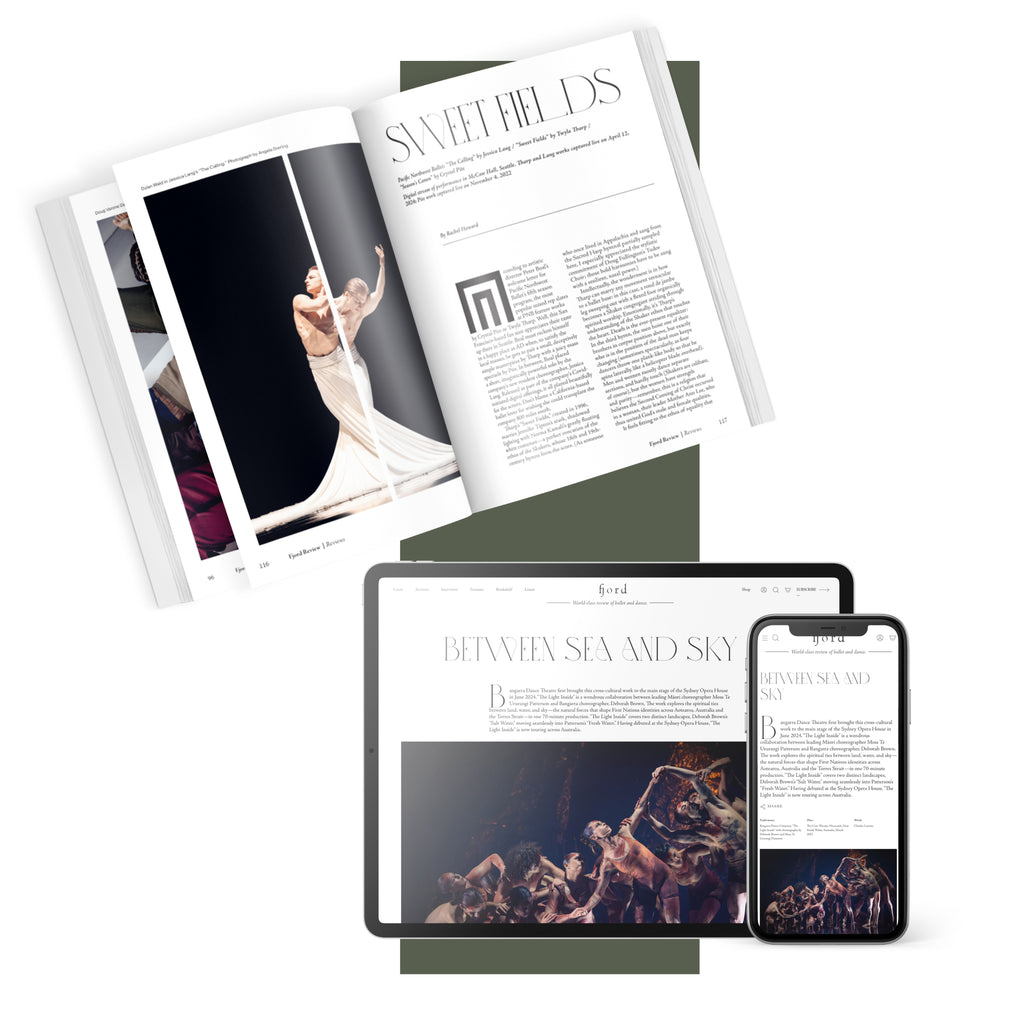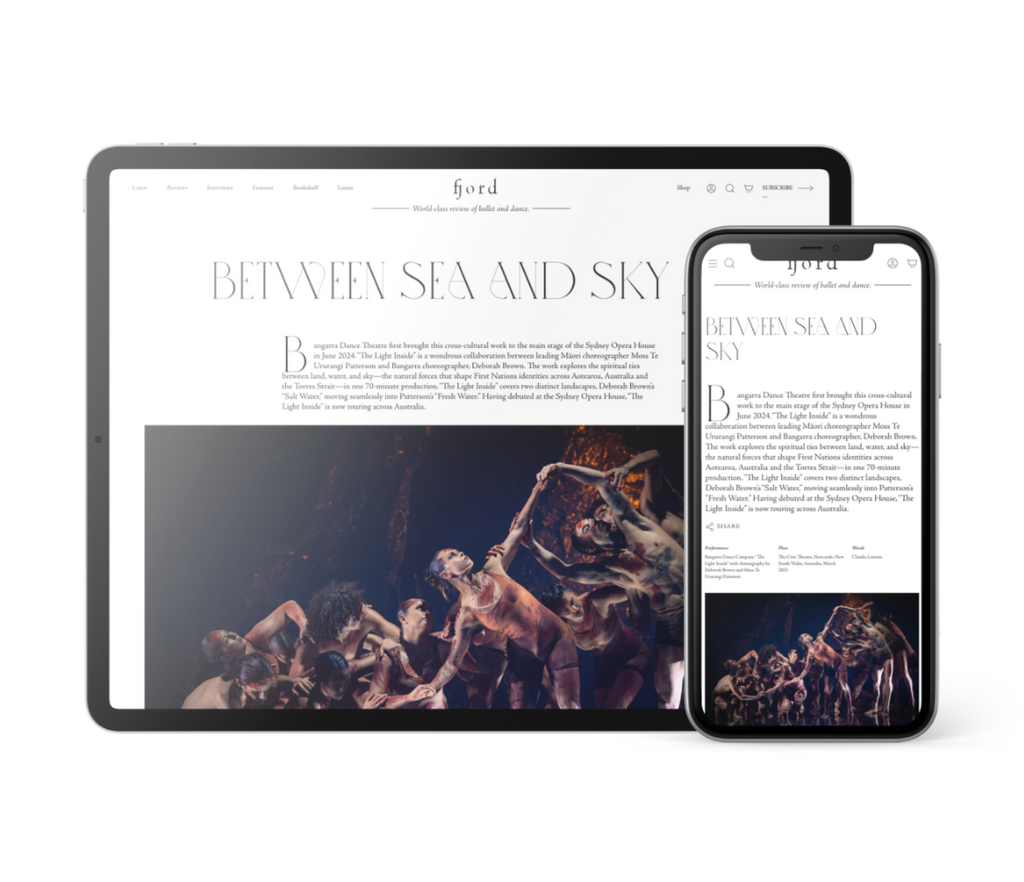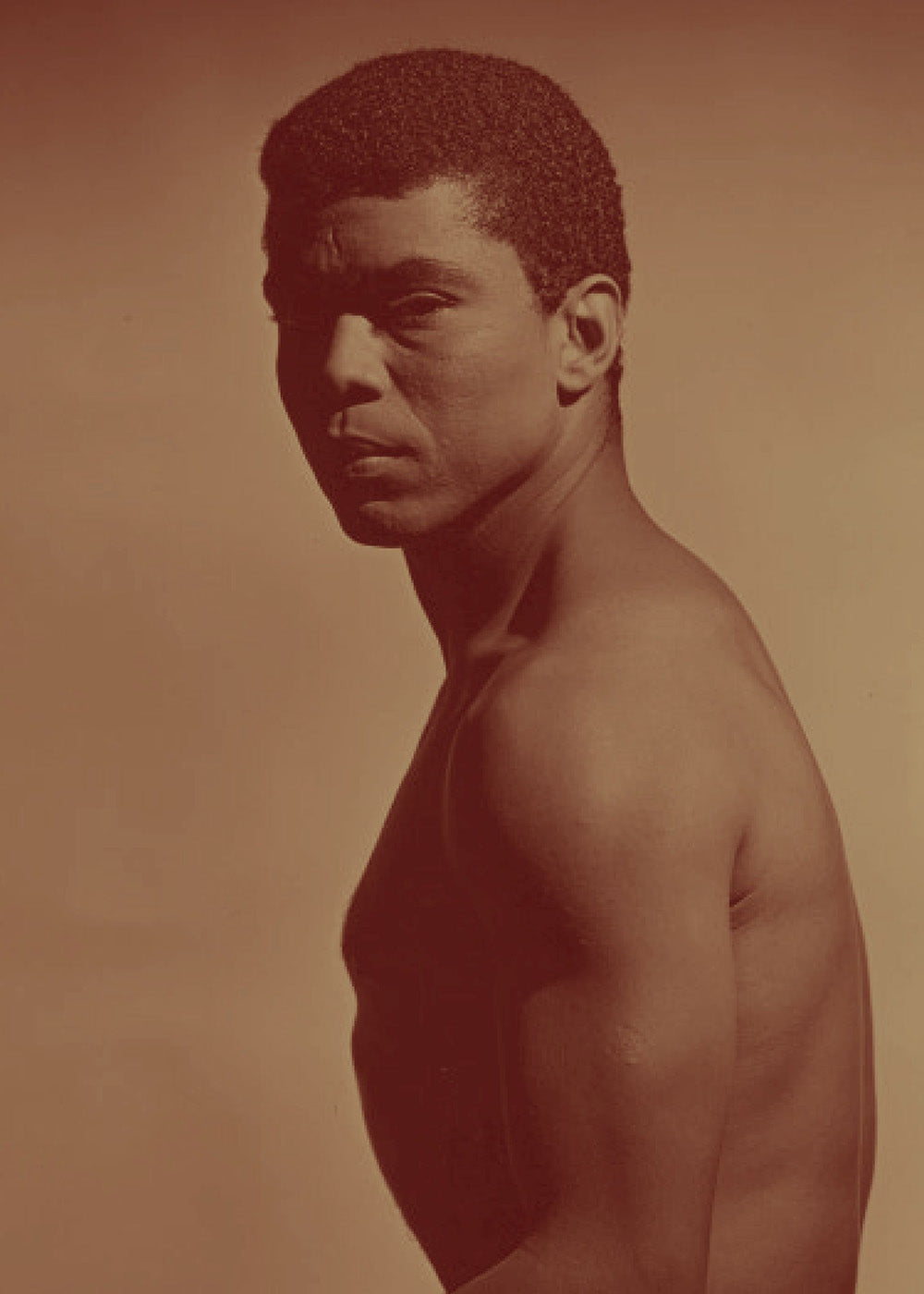Lycra and Lace
What is he looking at? The dancer in a blue biketard bounds around the stage, his curly hair flip-flopping as his head snaps right, left, and center.
Continua a leggere
World-class review of ballet and dance.
Okwui Okpokwasili’s arms undulate, reach, and circle in the near dark under an oval projection of rippling water. Her arms babble out from her expressive back, capable of relating tales both epic and intimate. Notably, this is how I first encountered her work, nearly a decade ago, in “Bronx Gothic”—through her incredibly articulate spine and upper body coming into its own, conveying the metamorphosis of adolescence. In this moment, her explorations inside the framing of two steel concentric circles channel something else, a possible transference. Performers Bria Bacon, Kris Lee, and Katrina Reid, flank her on small stools, their faces veiled by wigs made of long strands of red beads. These headdresses are mysterious design elements, but they also function as part of the soundscape, becoming percussive instruments as heads swing side to side. Okpokwasili commands and conjures from the center and the ritual grows as, one by one, the performers migrate there to partner and then supplant one another.
Performance
Place
Words



“Uncommonly intelligent, substantial coverage.”
Your weekly source for world-class dance reviews, interviews, articles, and more.
Already a paid subscriber? Login

What is he looking at? The dancer in a blue biketard bounds around the stage, his curly hair flip-flopping as his head snaps right, left, and center.
Continua a leggereTwo performers crawl in on hands and knees wearing neon green, hooded coveralls—the lightweight papery kind made for working in a sterile environment—and clusters of balloons pinned to their backs.
Continua a leggereWill Rawls makes boundaries visible by defying them. Known for the disciplinary and topical range of his projects, the choreographer, director, and performer approaches issues of representation in “[siccer],” a multi-part, multi-site work co-presented by L’Alliance New York’s Crossing the Line Festival. A live performance at Performance Space New York accompanies a multimedia installation at the Kitchen, a book published by Wendy’s Subway, and an album published by the artist. With a creative process reaching back to 2018, the work delves explicitly into pandemic-era energies and inertias with focused intimacy and a pervasive sense of instability.
Continua a leggereIt is always interesting when multiple theme steps emerge over the course of a mixed repertory evening, but it is uncanny on one featuring five different ballets, each with a different choreographer and composer, covering a twenty-year span (2005-2025).
Continua a leggere
comments